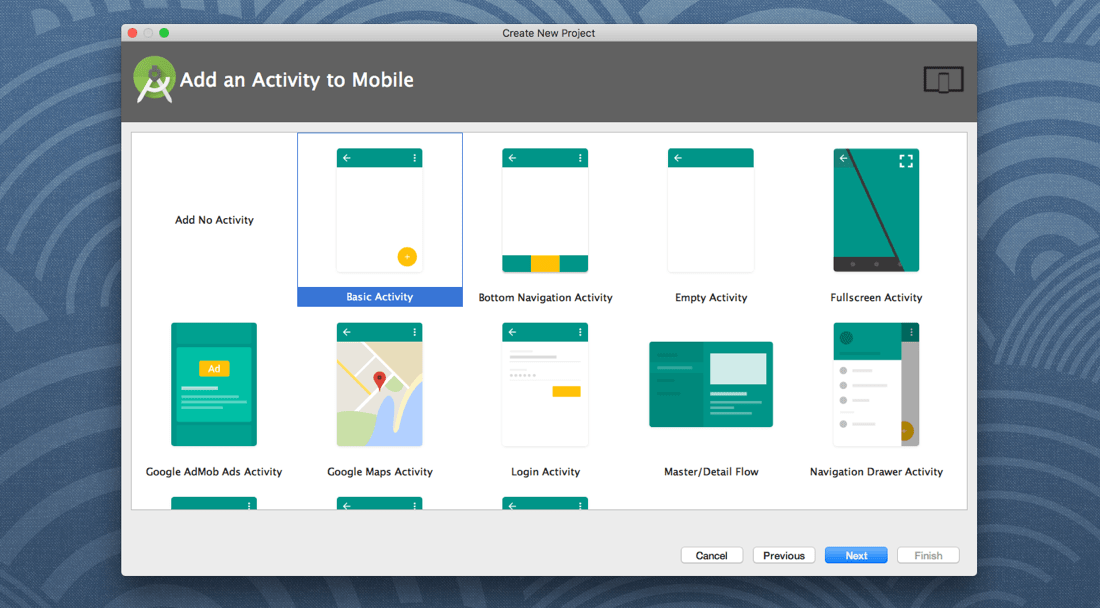
Then C:\Program Files\Android\Android Studio\jre\oldjre\Īnd just like that, you’ve achieved the desired result OpenJDK 64-Bit Server VM (build 25.76-b03, mixed mode) OpenJDK Runtime Environment (build 1.8.0_76-release-b03) In order to achieve that using the command line, follow the below commands in the Android Studio’s Terminal C:\Program Files\Android\Android Studio\jre\bin>java -version If you want to be a Geek and the above methods are just too much GUI for you, you might want to handle the SDK path using the terminal. Method #4: For the Command Line Enthusiasts The name of the SDK should now include the new Java version that you installed. Note: Change your Project SDK to the one you just established under Project Structure > Project Settings > Project. A new pop-up window will open, asking which SDK and JDK you’d want to use.Go to your Android SDK folder and select “Choose” on the pop-up.Navigate to Project Structure > Platform Settings > SDKs and click the “+” button.ISRO CS Syllabus for Scientist/Engineer Exam.ISRO CS Original Papers and Official Keys.GATE CS Original Papers and Official Keys.DevOps Engineering - Planning to Production.Python Backend Development with Django(Live).Android App Development with Kotlin(Live).Full Stack Development with React & Node JS(Live).Java Programming - Beginner to Advanced.


Data Structures & Algorithms in JavaScript.Data Structure & Algorithm Classes (Live).


 0 kommentar(er)
0 kommentar(er)
